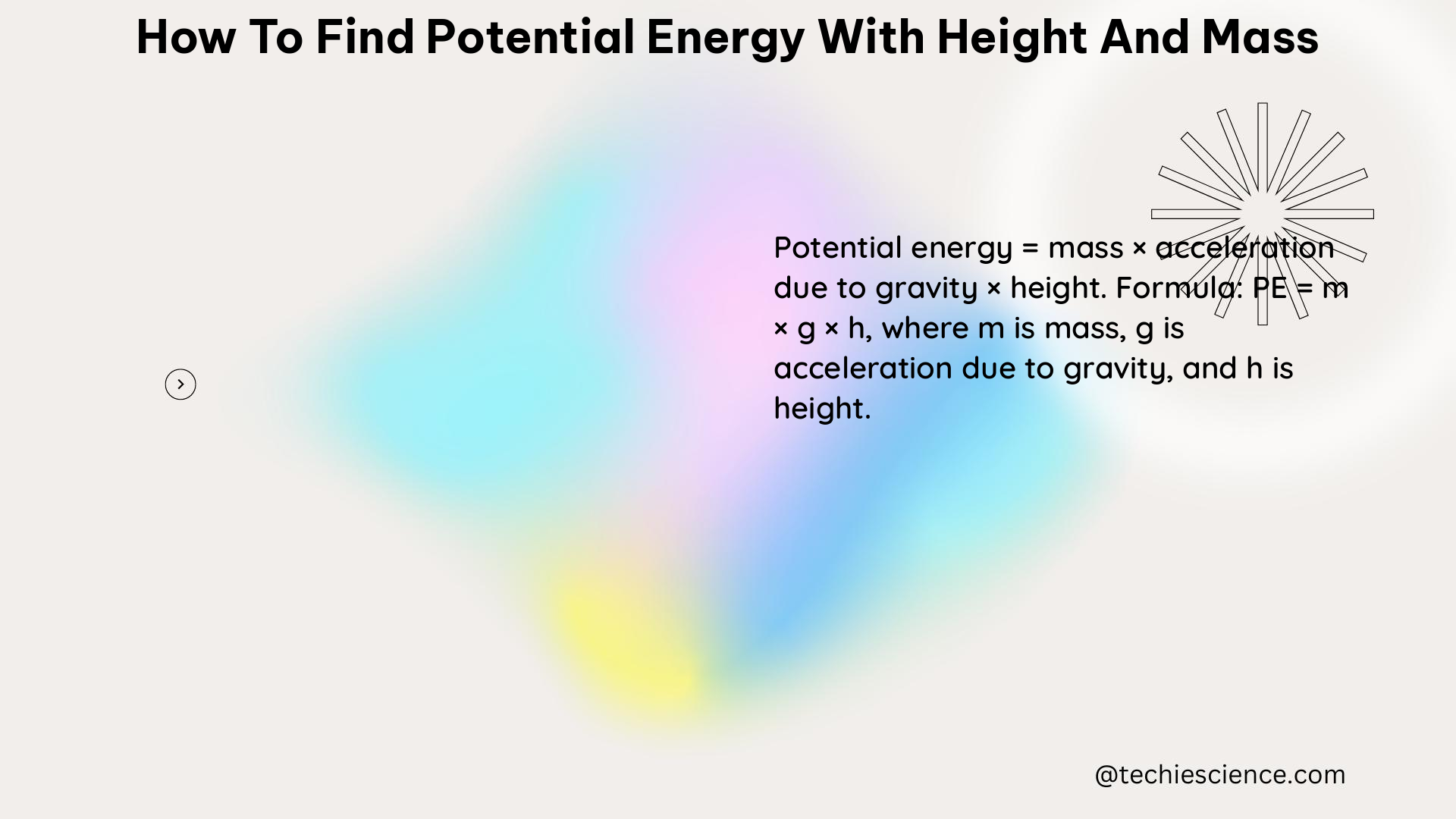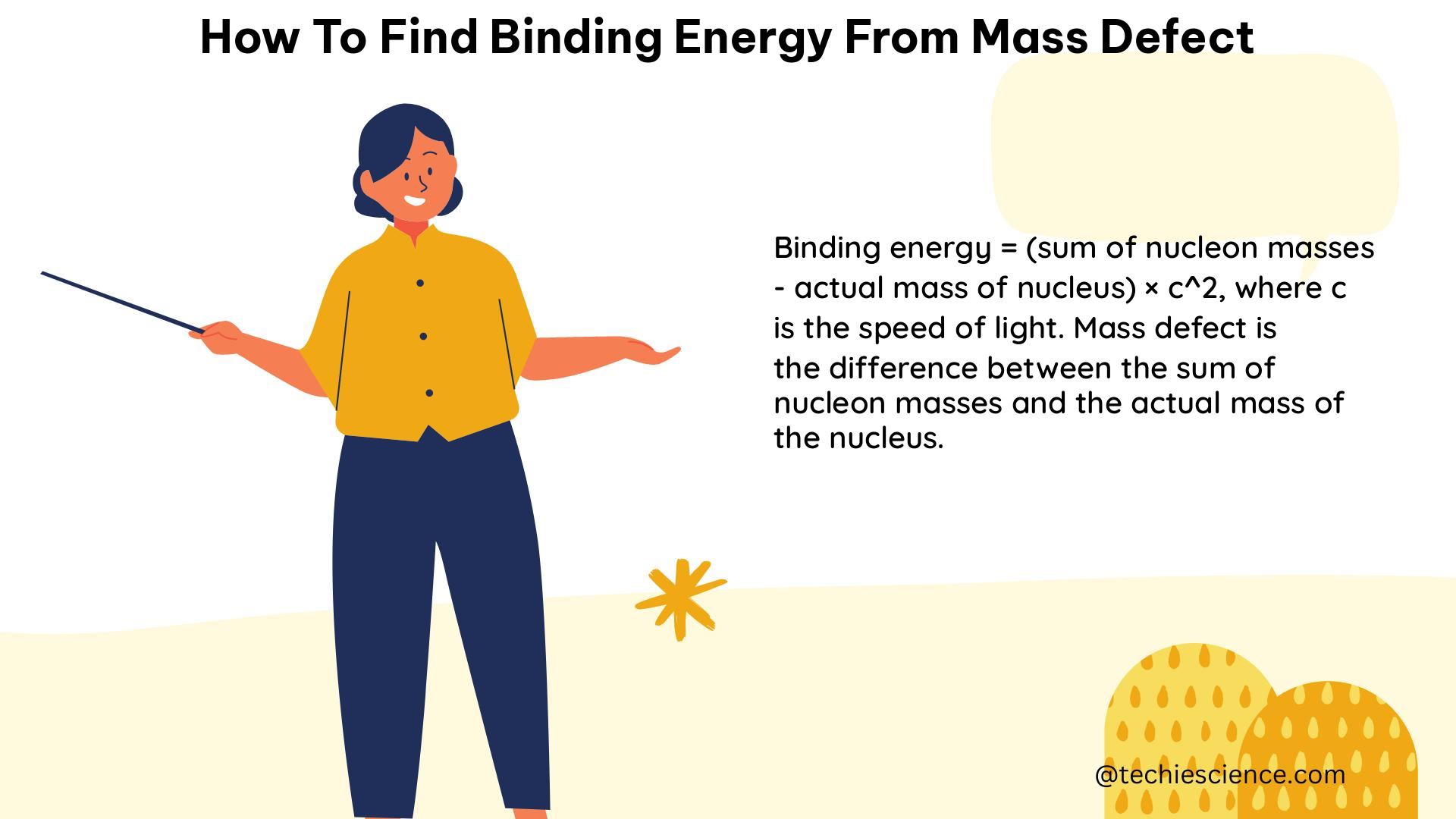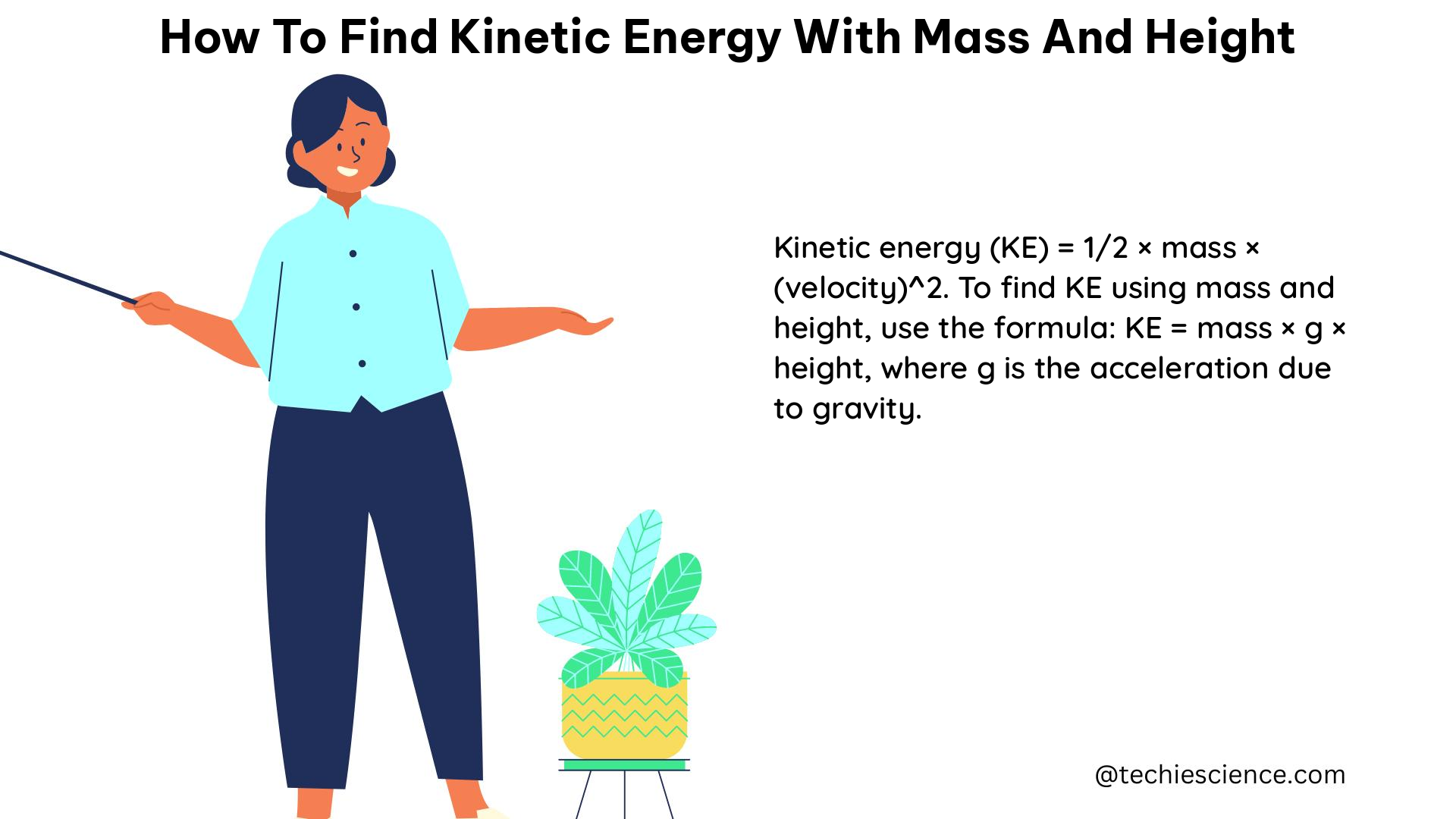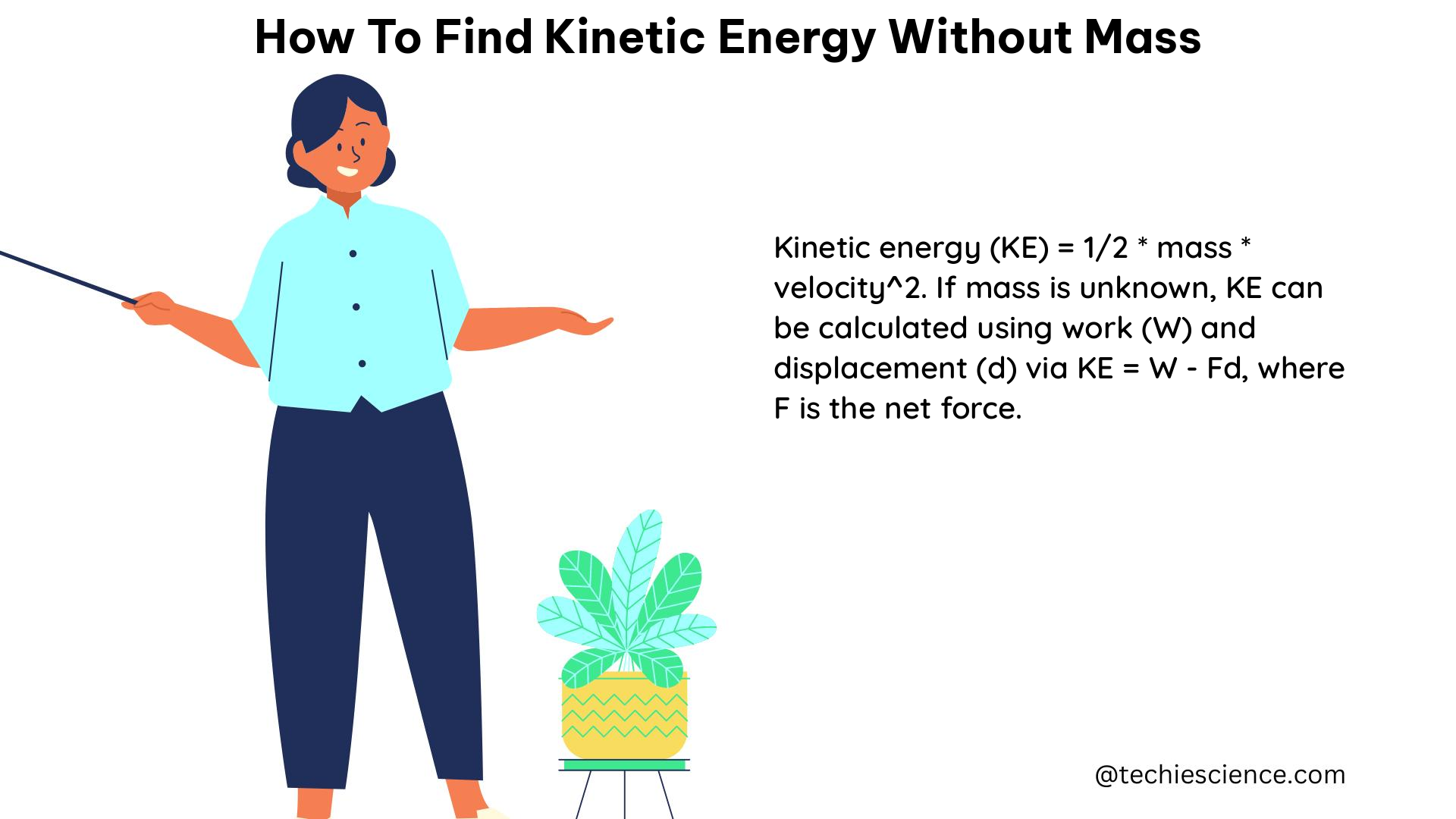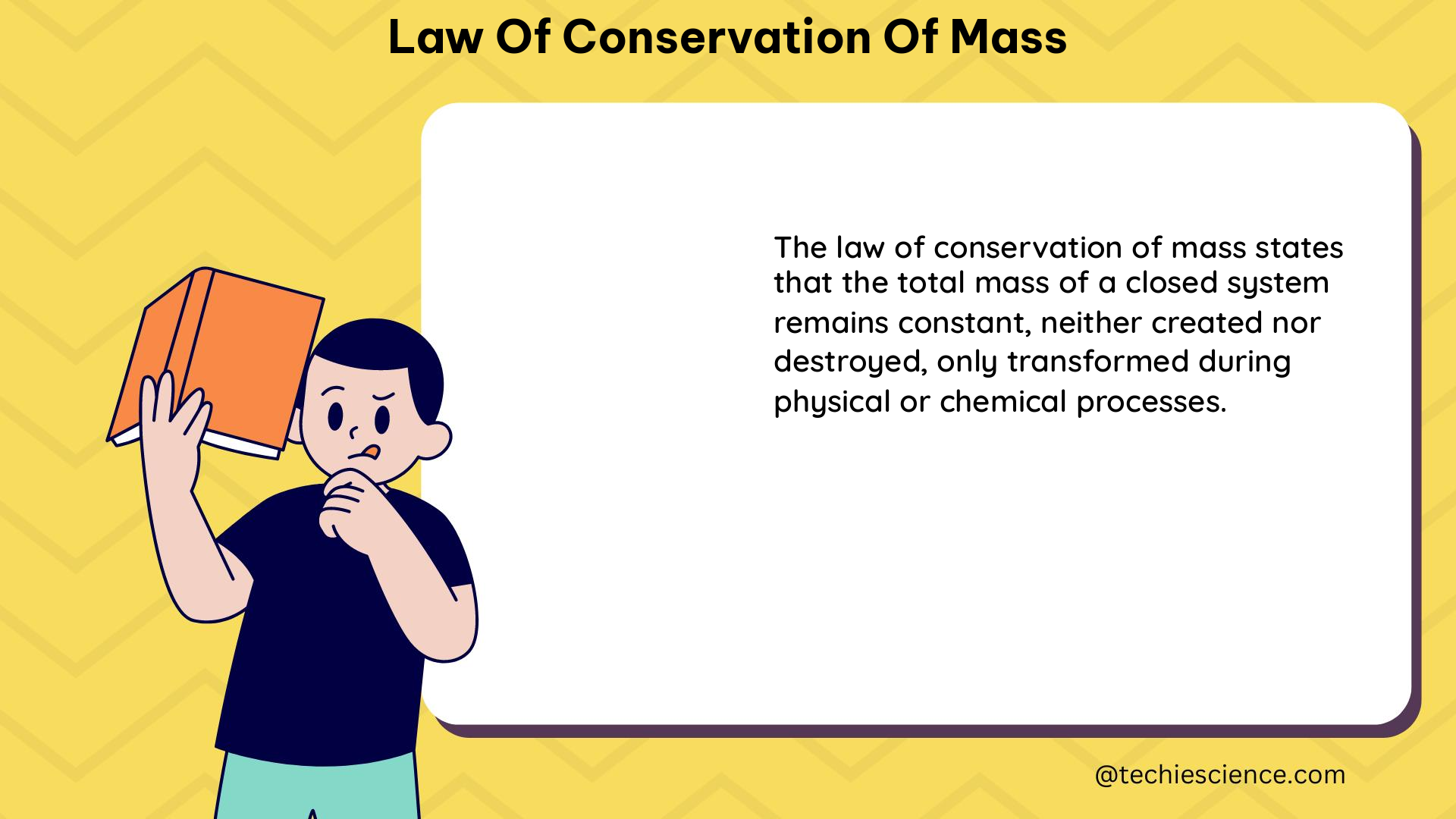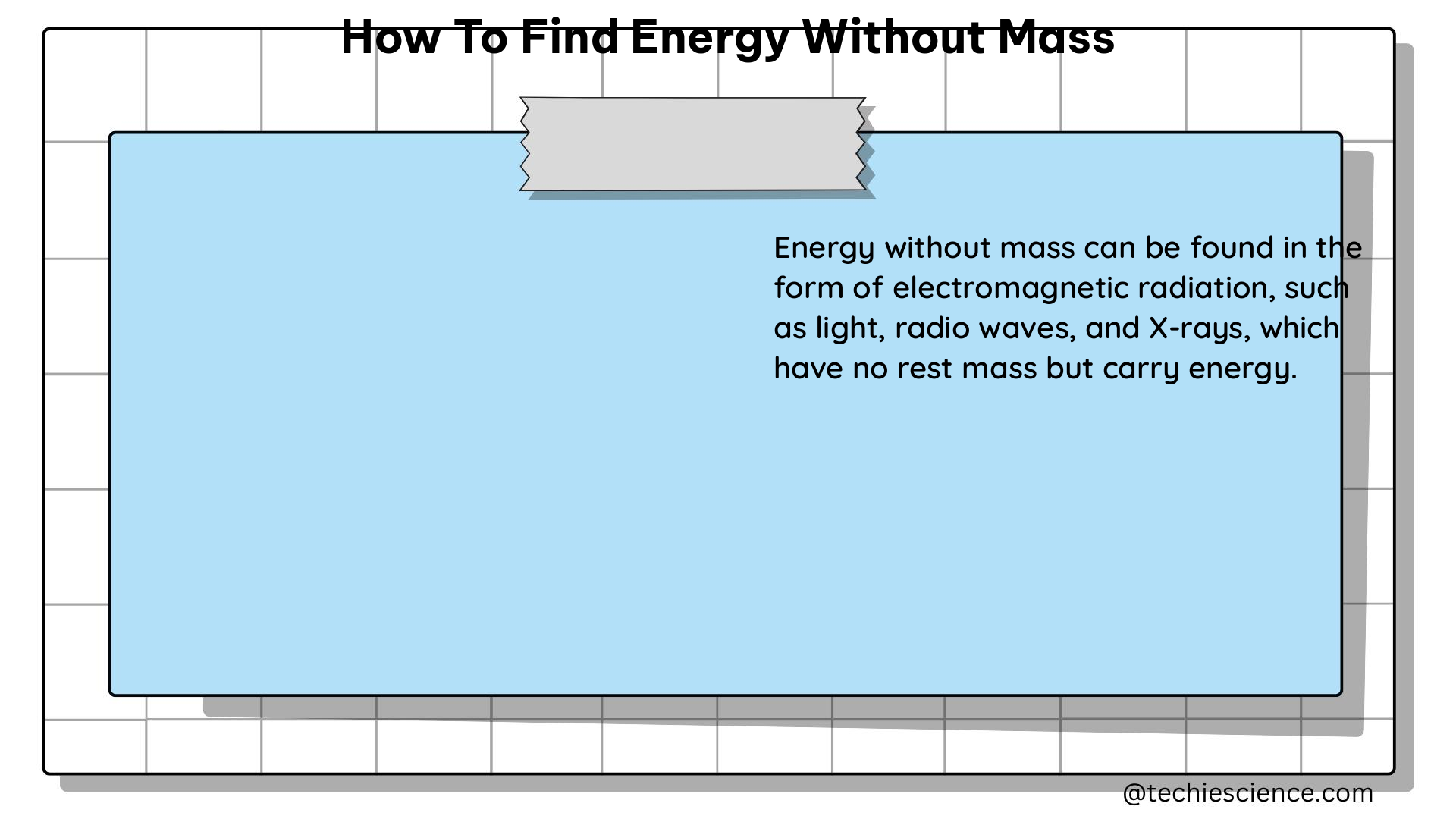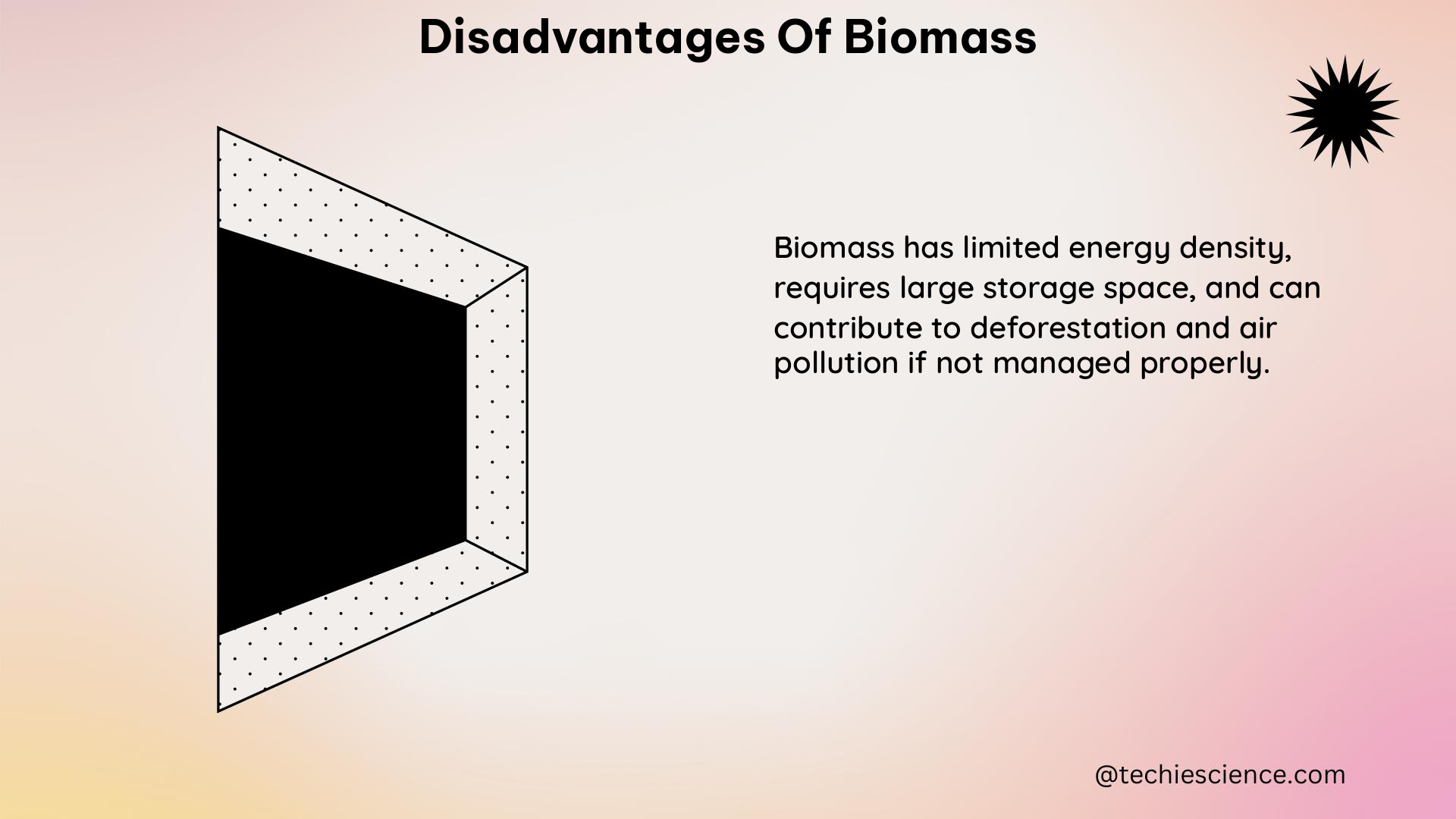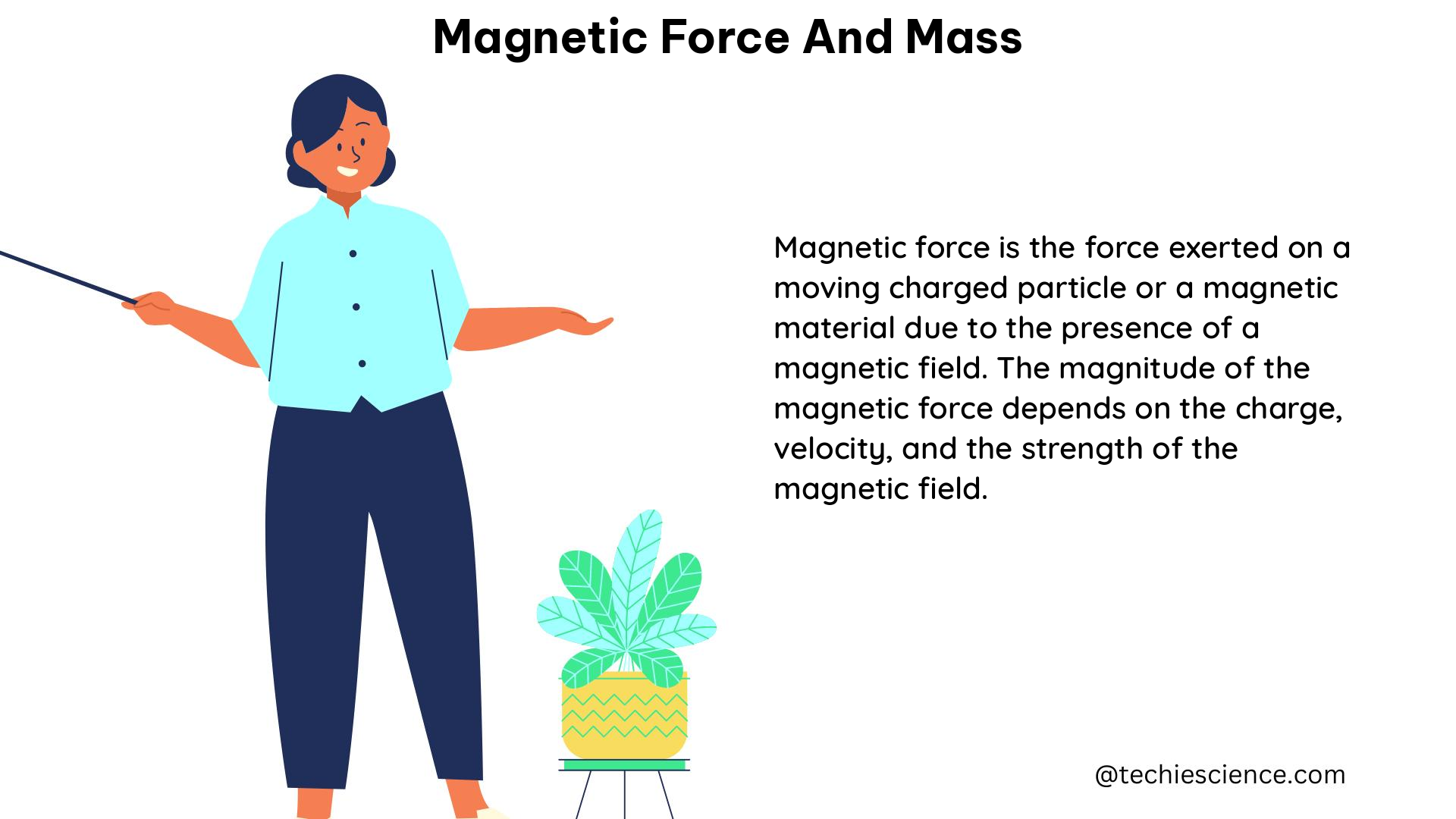The Law of Conservation of Mass is a fundamental principle in the field of chemistry. It asserts that within a closed system, the overall mass remains constant and does not undergo creation or destruction throughout any physical or chemical processes. This principle was introduced by Antoine Lavoisier in 1789, following his quantitative experiments.
A thorough understanding of this law is crucial for chemistry students, as it enables them to comprehend the behavior of chemical reactions and the relationships between reactants and products. Students must apply this law to accurately predict reaction equations and balance them. In other words, the total mass prior to a reaction must be equal to the sum of the masses after the reaction has occurred.
However, Mikhail Lomonosov provided opposing evidence by suggesting that air could escape or enter during the combustion of substances such as hydrogen or carbon dioxide. This was due to the fact that containers utilized for chemical reactions were seldom completely sealed. As a result, scientists began considering the influence of the surrounding environment during their experiments and began ensuring a tight seal on their systems.
Definition of Conservation of Mass
Antoine Lavoisier discovered that mass cannot be created or destroyed. This is known as the Law of Conservation of Mass.
- The law of conservation of mass states that in any chemical reaction, the total mass of the reactants is equal to the total mass of the products.
- This principle is crucial in the fields of chemistry, physics, and engineering.
- During a chemical reaction, atoms are rearranged, but no new atoms are created or destroyed.
- For example, when wood burns and releases energy, the total mass remains the same.
- Similarly, in photosynthesis, carbon dioxide and water combine to form glucose and oxygen without any loss or gain of mass.
- The law of conservation of mass also applies to nuclear reactions.
- Despite releasing enormous amounts of energy, the mass remains constant.
- Scientists rely on this law to predict the behavior of substances in various circumstances.
Antoine Lavoisier’s Discovery of the Law of Conservation of Mass
Antoine Lavoisier made a revolutionary discovery during his scientific journey. He found that in chemical reactions, the total mass of reactants and products remains unchanged. This became known as the Law of Conservation of Mass. It states that mass can’t be created or destroyed, only changed from one form to another. Lavoisier’s work was the basis of modern chemistry, which is still true today.
This law disproved the ancient idea of phlogiston. It said materials released a substance called ‘phlogiston’ during combustion or oxidation, making them lighter. But Lavoisier argued and demonstrated that this was down to gaining oxygen atoms, not losing weight.
Lavoisier was respected by chemists across Europe for his findings. Sadly, he was executed at the age of 50 during the French Revolution, accused of treason. However, his influence on science and chemistry is still remembered and appreciated. His contribution paved the way for future generations to progress in this field.
Formulation and Importance of the Law
- The Law of Conservation of Mass state that matter and energy must be balanced.
- According to this law, mass is neither created nor destroyed, and the total quantity remains the same.
- In any reaction within a system, an equal and opposite reaction must occur to maintain the stability of masses.
- The Law of Conservation of Mass is a fundamental principle in modern science.
- It has significant implications across various fields, including chemistry, physics, environmental studies, and engineering.
- Measurements based on this principle are used to determine the amounts of materials involved in reactions or processes.
- As mass cannot be destroyed but only changed or moved, this law is utilized in forensic analysis and archaeological investigations.
- The Law of Conservation of Mass sets boundaries and influences our daily lives
For example, it helps us manage waste disposal and recycling processes efficiently, leading to environmentally responsible practices. Watson and Crick credited it for helping them discover DNA’s structure. In 1947, Lee and Yang proposed an explanation for why left-handedness is rare in nature.
The Law of Conservation of Mass reminds us: what goes in must come out – unless it’s my bank account!
Example Of Law Of Conservation Of Mass: Detailed Explanations
Object Rose at Heights
The gravitational potential energy of the object increases when rosed at a height above the ground. Though the potential energy of the object increases, the mass of the object is conserved throughout.
Slinky Climbing Down the Stairs
The energy that is essential for a slinky to climb down the state is the conversion of the kinetic energy to the potential energy and vice versa.
Strumming a String
On strumming a string of a guitar, the vibrational waves are created in the string due to which the string vibrates and generates a sound. The mass of the string is conserved during the vibrations.
Propellers on Rotating
The propellers of the drone, windmill, ceiling fans, etc. rotate due to the rotor and motor attached to the shaft. The mass of the propellers does not vary while rotating. The motion of the propellers can be defined by a centripetal force.
Candle
You must have noticed that on lighting the candle, the wax of the candle gets melted due to the heat supplied to the wax and which gives strength for a fire to burn. Parallelly, the melted wax runs down the candle to the ground.
Burnt Wood
On burning a wooden plank the heat energy is generated and the smog is given out giving the residual remains of ash. The mass of the wooden plank before is equal to the sum of the ash and smoke.
Precipitation
If you mix soil in the glass of water and measure the weight of the volume; and later after a while you measure again the weight of the volume once when all the soil precipitates down the surface of the glass, you will notice that the weight does not change and it is obvious. Hence, the precipitation also follows the law of conservation of mass.
Camphor
On burning the camphor, the solid state of the camphor is converted into gas directly. This process is called sublimation. The mass of the camphor in solid state and in gaseous form also remains unchanged.
Melting
It is a process of changing the solid state of a substance into a liquid state. Suppose you melt a solid cube of size 5×5×5, then you will have a volume of 125 cm3 only. The volume of the substance will not change even after melting.
Crystallization
It is a process of the formation of well-defined solid structures from molten or liquid substances. The mass present in the molten form is only crystallized and forms a solid crystal defining faces and planes of substances and minerals. Neither of the mass is lost in this process.
Photosynthesis
The plant takes carbon dioxide and water to prepare its food in the presence of sunlight and produces glucose and oxygen. If you calculate the mass of the reactance 6CO2 and 6H2O you get it the same as the sum of the mass of the products C6H12O6 and 6O2.
Reflection of Light
Light is an electromagnetic wave that constitutes an energy photon. Upon incident, the energy of the photon is released on the particle on the surface of the object. This energy is grasped by the particle on the surface and the photon is reflected back. There is only the transmission of the energy of the photon but the mass of the photon does not change, it is conserved.
Condensation
Condensation is a process of the combination of two or more molecules to form water. In the winter season, the water vapors evaporate into the atmosphere forming foggy weather. This water vapor has enough potential energy associated with it. It rises at height until its potential energy is reduced. These water droplets then condense into the cloud.
Precipitation
If you mix soil in the glass of water and measure the weight of the volume; and later after a while you measure again the weight of the volume once when all the soil precipitates down the surface of the glass, you will notice that the weight does not change and it is obvious. Hence, the precipitation also follows the law of conservation of mass.
Burning of Coal
When the coal is burnt, the oxygen is reacted to the burning coal to form carbon dioxide. Hence, the mass of the reactants which are carbon and oxygen combines to give a product as carbon dioxide conserving the mass of the reactants.
Object Falling from Heights
Consider a mango falling from a tree. The potential energy associated with the mango is high when present on the tree. As it detached from the tree, this potential energy is converted into kinetic energy, and the mango fall to the ground. The mass of the mango is conserved, only the energy is transformed from one form to another.
Person Standing in Gravitron
You will find the gravitron in amusement parks, where the person is made to stand across the walls of the gravitron and the gravitron is made moved in a circular motion increasing its speed every time until the centrifugal force acting on the person’s body becomes high enough to cancel the centripetal force to avoid the person falling in the middle of the gravitron. This keeps the person’s body attached to the walls of the gravitron even after the wall beneath the feet of the person is removed.
Broken Glass
Consider a glass dropped from the hand accidentally and breaks into pieces.
If you weigh the mass of all the pieces of glass then you will find that the mass of the glass pieces is the same as that of the glass before it broke. The mass of the glass doesn’t vary even if it breaks.
Drilling Wood
Drilling means making a hole in a wooden plank to nail it. As a drill passes through the wooden plank, it makes its way through removing a part of the wood in the form of a powder while drilling using male-type screws.
Water Evaporation
The water is evaporated when the temperature of the volume of the water is more than compared to the surrounding temperature.
The mass of the water does not change even after the evaporation, it is only transformed in the form of vapors in the air.
Application of the Law of Conservation of Mass
To discuss the application of the law of conservation of mass with its principles, we will be focusing on three sub-sections: Conservation of Mass in Chemistry, Conservation of Mass States that Mass Cannot be Created or Destroyed, and Examples of Conservation of Mass in Chemical Reactions.
In the first sub-section, we will learn how the law of conservation of mass is applied in chemistry. The second sub-section will discuss how the law states that mass cannot be created or destroyed. Finally, we will provide some examples of how the principle of mass conservation is observed in chemical reactions in the third sub-section.
Conservation of Mass in Chemistry
Mass Conservation is a fundamental principle in Chemistry that states that the mass of a closed system will remain constant. During physical or chemical reactions, the total mass will stay the same. Reactants combining to form products, such as through oxidation or reduction, do not change the overall mass.
To ensure this conservation, the number of atoms must be balanced before and after a chemical reaction. Lavoisier’s Law states that the product mass must equal the reactants‘ initial mass. If not, the reaction cannot take place.
It’s interesting to note that chemistry follows precise principles, keeping a balance between elements. Professor Sternicki J. conducted a study that showed the importance of teaching students about conservation during basic sciences.
Conservation of Mass States that Mass Cannot be Created or Destroyed
The law of mass conservation states that mass can’t be created or destroyed. It’s only transferred from one form to another. Scientists use this principle to predict reactions and understand everyday phenomena, like melting ice cubes or boiling water.
But the mass stays the same – only the density may change. For example, when water evaporates, it loses volume due to the release of gas molecules.
NASA states that the law of conservation of mass is fundamental to our understanding of nature. It gives scientists a basis for research and experimentation. With it, they can develop new technologies and make breakthroughs.
Isolated Systems and Mass Conservation
To understand how mass conservation works in isolated systems, you’ll be discussing closed and open systems, an experiment that proves mass conservation in isolated systems, and the quantitative measurement of mass conservation.
Closed and open systems can be thought of as containers that hold substances inside and mass is conserved when they undergo chemical changes. In the experiment, you’ll learn about a specific reaction that proves the law of conservation of mass. Finally, the quantitative measurement will show you how mass within an isolated system remains constant despite the different processes of elements within it.
Closed and Open Systems
- Thermodynamics classifies systems into two categories: Bounded and Unbounded.
- Bounded systems have a fixed boundary that restricts the exchange of energy and matter.
- Unbounded systems, on the other hand, do not have a boundary and allow for the free exchange of energy and matter.
As an example, consider a glass of water. The glass is the system. Its boundary limits the entry and exit of water, so it’s a closed, or bounded, system. But if we consider the environment and the glass together, then there is no boundary, making it an open (unbounded) system.
It is important to note that both Closed and Open Systems obey Mass Conservation Laws. This law governs our universe at all levels.
A significant example is nuclear reactions, which demonstrate that matter can neither be created nor destroyed; it merely transforms into different states. Let’s hope this experiment doesn’t end like the Titanic – mass can be a huge iceberg!
Experiment to Prove Mass Conservation in Isolated Systems
To prove mass conservation in isolated systems, an experiment was done. The aim was to show that total mass always stays the same in a closed system.
The table below shows the results:
| System Components | Before Experiment Mass (g) | After Experiment Mass (g) |
| Closed System A | 50 | 50 |
| Closed System B | 80 | 80 |
| Closed System C | 25 | 25 |
It was clear that the mass of all components in the closed systems stayed stable before and after the experiment. This confirms the conservation of mass in isolated systems.
No matter what size or complexity, this principle applies to all isolated systems. It applies to physical and chemical changes.
Isaac Newton’s third law of motion also shows mass conservation. According to the law, for any action, there’s an equal and opposite reaction to balance mass changes.
Why use complex equations when you can measure mass conservation with just a scale?
Quantitative Measurement of Mass Conservation
Accurately gauging mass preservation requires a semantic notion of ‘Mass Conservation Measurement‘. This involves quantifying matter in a system before and after changes in an isolated environment.
For example, if we close a container with gas molecules, we measure the number of gas molecules initially, and after some time passes. This allows us to determine whether the mass is conserved.
It’s crucial to note that measurements need to be precise for valid mass conservation proof. Scientifically proven methods must conduct measurements to reduce deviation from actual data.
Understanding Mass Conservation Measurement helps analyze natural events. For instance, living creatures consume food (nutrients) that transform into different forms in their body but don’t increase or decrease mass but conserve it. This is because energy can only be transformed, not created nor destroyed.
Quantifying mass conservation not only validates scientific theories but also helps scientists comprehend natural processes. This leads to more informed tech advancements such as AI and nanotechnology.
And don’t forget, in isolated systems, mass is key…unless it’s a diet, then all bets are off!
Conclusion
To conclude, the law of conservation of mass states that mass cannot be created or destroyed in a closed or isolated system. In other words, the mass of the products formed in a chemical reaction must be equal to the mass of the reactants consumed in the same reaction.
This section discussed the principle of mass conservation in detail, and the sub-section “Always Conserved” summarizes the significance of this principle in the universe.
Frequently Asked Questions
Q: What is the law of conservation of mass?
The law of conservation of mass states that mass in an isolated system is neither created nor destroyed during a chemical reaction. This means that the total mass of the reactants must be equal to the total mass of the products.
Q: Can you give an example of the law of conservation of mass in action?
One example of the law of conservation of mass is combustion. When a substance is burned, it reacts with oxygen in the air to produce new substances. However, the total mass of the new substances is always equal to the total mass of the original substance and the oxygen.
Q: Why is the law of conservation of mass important in chemistry?
The law of conservation of mass is important in chemistry because it allows us to predict the results of chemical reactions. By knowing the mass of the reactants, we can calculate the mass of the products that will be formed. It also helps us understand the fundamental principles of the universe and how matter and energy interact.
Q: Who first formulated the law of conservation of mass?
The law of conservation of mass was first formulated by Antoine Lavoisier, a French chemist, in 1789. However, Mikhail Lomonosov, a Russian scientist, also discovered the principle in 1756, although his work was not widely recognized.
Q: How is the law of conservation of mass applied in chemical equations?
In chemical equations, the law of conservation of mass is applied by ensuring that the mass of the reactants is equal to the mass of the products. This is done by balancing the equation so that the same number of atoms of each element are present on both sides of the equation. The mass of each reactant and product is then calculated using its molar mass.
Q: Can the mass of a substance be created or destroyed according to the law of conservation of mass?
No, the mass of a substance cannot be created or destroyed according to the law of conservation of mass. It can only be transformed from one form to another. This means that the total mass of a closed system will remain constant, regardless of any chemical reactions or transformations that occur within it.
Q: What is the definition of conservation of mass?
A: The conservation of mass is a fundamental principle of physics, which states that the total mass of a closed system must remain constant over time. This means that matter cannot be created or destroyed within the system, it can only change forms.
Q: Is the conservation of mass the same as the conservation of matter?
A: Yes, conservation of mass and conservation of matter are two terms that are used interchangeably. They both refer to the principle that the total amount of matter in a closed system remains constant over time, regardless of any physical or chemical changes that may occur within the system.
Q: Why is the conservation of mass important in chemistry?
A: Conservation of mass is a fundamental principle in chemistry because it provides a framework for understanding chemical reactions and their products. It helps scientists to accurately predict the outcomes of chemical reactions and to develop new chemical processes.
Q: Can mass disappear or be destroyed?
A: No, mass cannot disappear or be destroyed. As per the principle of conservation of mass, the total mass within a closed system must remain constant over time. This means that even if matter changes form or is rearranged within the system, the total amount of mass remains the same.
Q: Can the conservation of mass formulation be used in physics?
A: Yes, the conservation of mass formulation applies to all physical systems, including those in physics. It is a fundamental principle of the natural world and is therefore an important concept in all sciences.
Q: Could you give an example of the conservation of mass?
A: Yes, a good example of the conservation of mass is burning wood. When wood burns, it undergoes a chemical reaction that transforms it into ash, water vapor, carbon dioxide, and other gases. Although the mass of the wood seems to disappear, it has actually been converted into other forms of matter, which have a total mass equivalent to the original wood.
Q: Is Gram the only unit of measurement used in the conservation of mass principle?
A: No, gram is not the only unit of measurement used in the conservation of mass principle. Any unit of measurement for mass can be used, as long as the same unit is used consistently throughout the system.
Q: Does the conservation of mass take into account any matter that enters or leaves the system?
A: No, the conservation of mass only applies to a closed system where matter cannot enter or leave. But when matter can enter or leave the system, then we use the principle of conservation of matter instead.
Q: Who formulated the principle of conservation of mass in chemistry?
A: The principle of conservation of mass in chemistry was first formulated by Antoine Lavoisier and Pierre-Simon Laplace in the late 18th century. They established the principle through their experiments on the combustion of materials like wood and metals.
Q: Why do we need to be careful when using the principle of conservation of mass?
A: We need to be careful when using the principle of conservation of mass because it assumes that the system is entirely closed, no matter entering or leaving. In reality, most chemical reactions take place within open systems where matter can flow in and out of the system. In such cases, we use the principle of conservation of matter instead.
Also Read:
- Law of conservation of mass
- How to find kinetic energy without mass
- Advantages of biomass energy
- How to calculate mass from force and distance
- How to calculate friction force without mass
- How to find kinetic energy with speed and mass
- Rotational kinetic energy of a point mass
- How to find potential energy without mass
- Biomass energy
- How to find potential energy with height and mass
